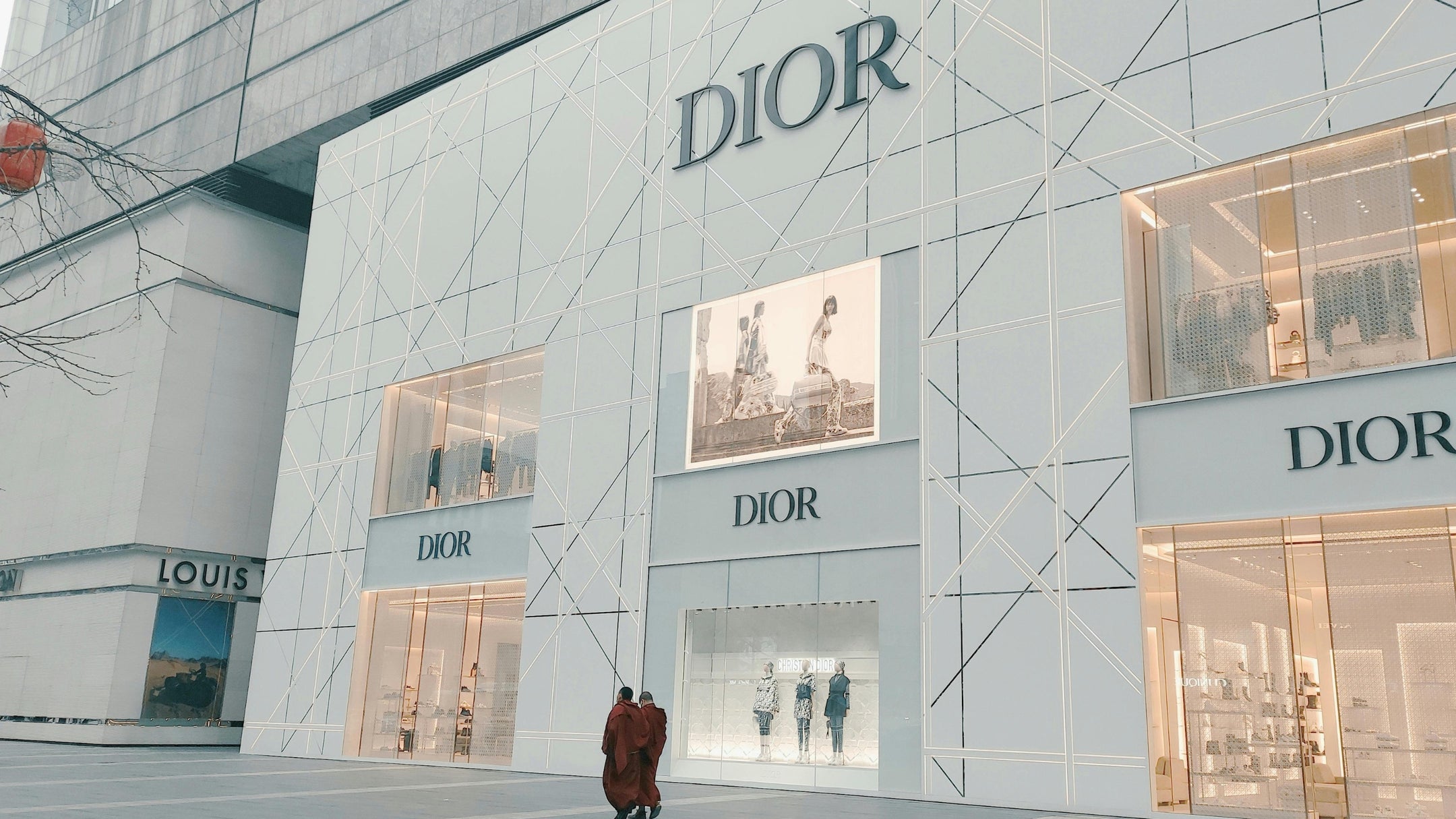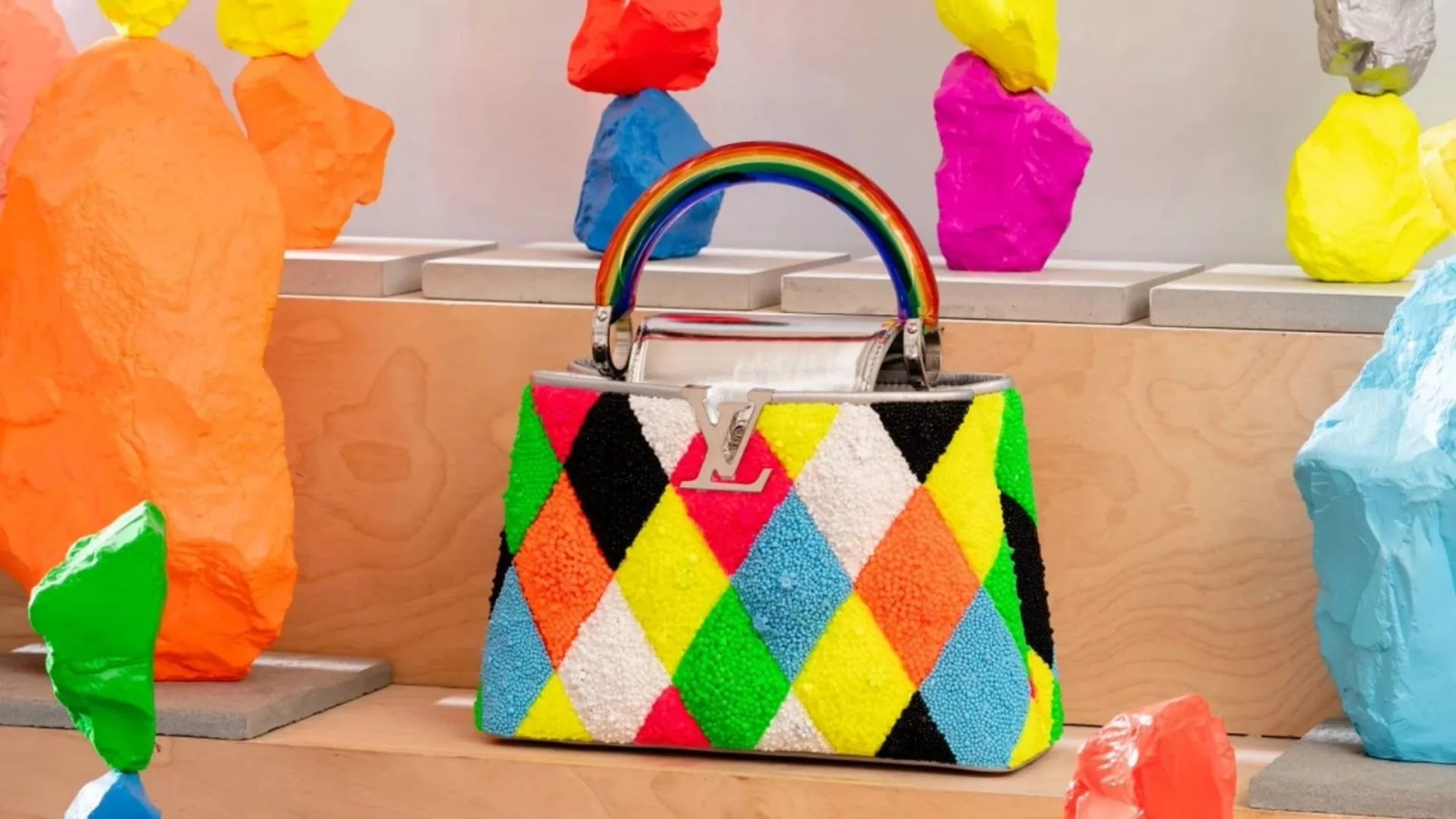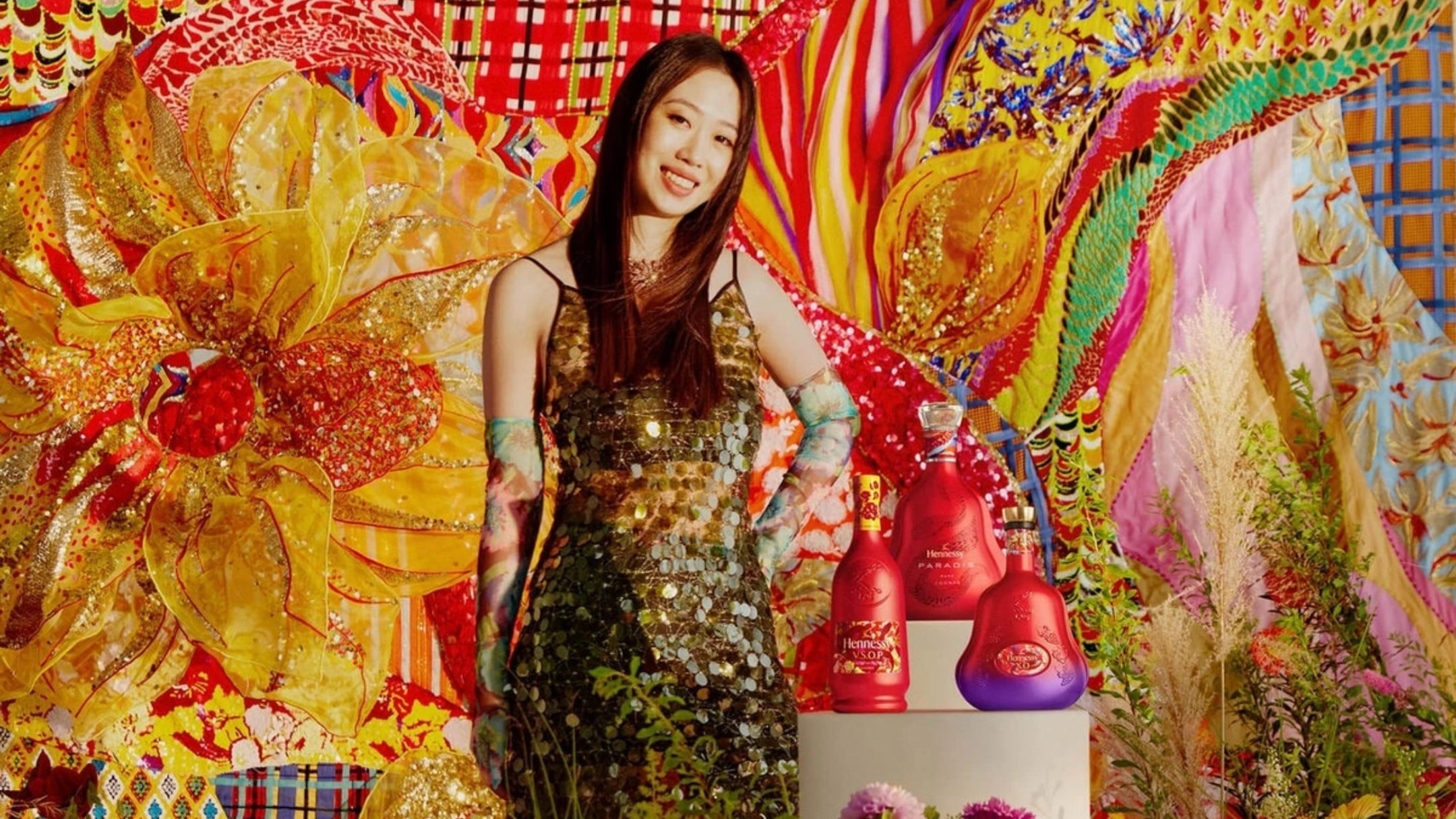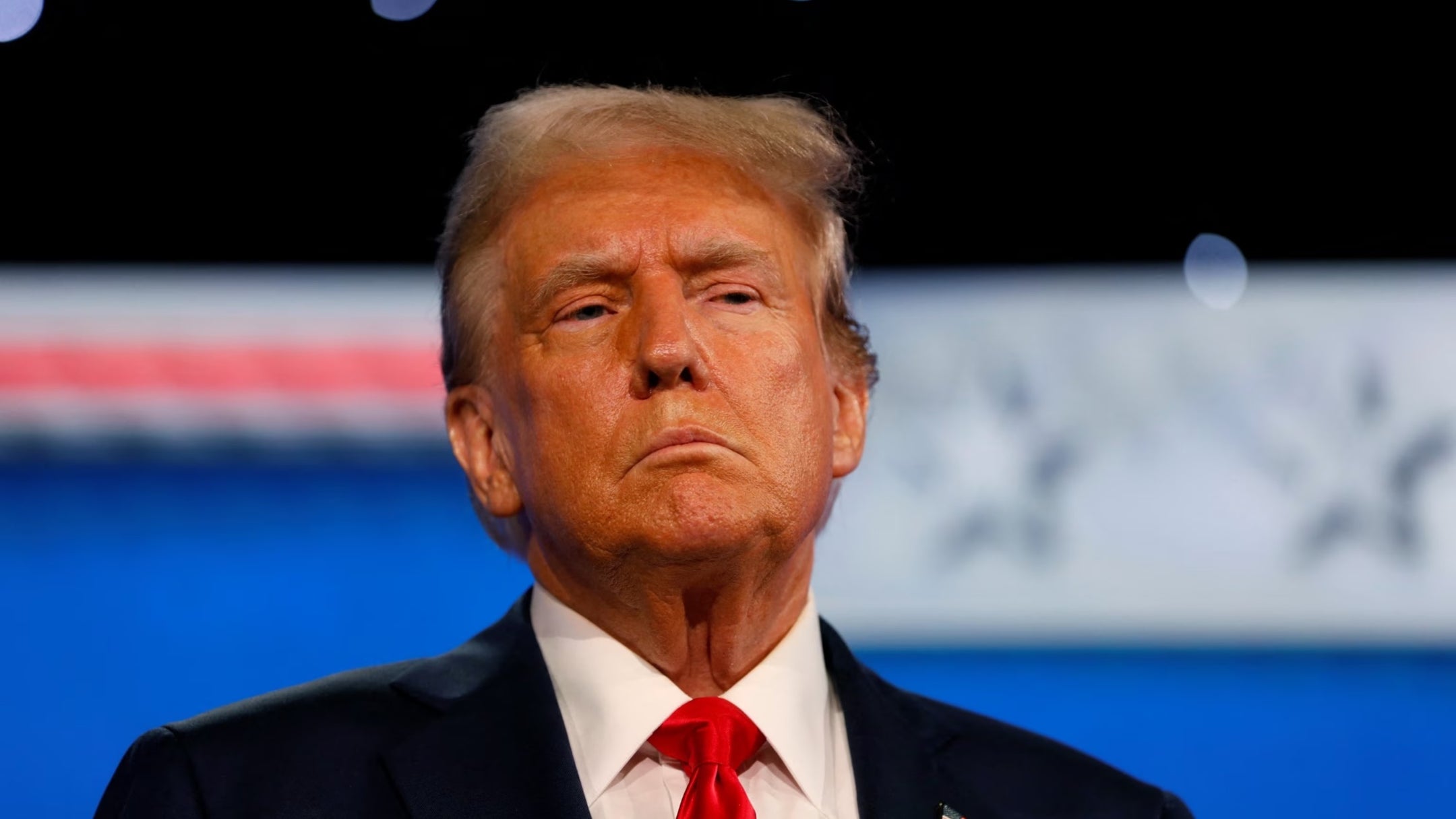The emergence of designer brands in online outlet shops represents a significant shift in the retail landscape, merging luxury with accessibility in unprecedented ways. This evolution is not just about offering high-end products at reduced prices; it's about democratizing luxury and reshaping consumer behavior and brand strategies. The significance, challenges, and opportunities this presents are vast, touching upon various aspects of economics, culture, and technology.
Why Designer Brands Are Embracing Online Outlet Shopping
Designer brands have long been symbols of status, quality, and exclusivity. Traditionally, these brands were accessible only through flagship stores or high-end department stores. However, the rise of online outlet shops has changed the game. Now, consumers can access luxury items from the comfort of their homes, often at significantly reduced prices. This accessibility broadens the customer base for designer brands, introducing luxury to a wider audience and increasing brand exposure and revenue.
Navigating Brand Prestige in the Age of Accessible Luxury
One of the main challenges facing designer brands in this new retail environment is maintaining brand prestige. The balance between exclusivity and accessibility is delicate; too much accessibility can dilute a brand's luxury appeal. Moreover, the online environment poses risks of counterfeiting and quality control, potentially harming brand reputation.
Another challenge is the impact on consumer perceptions and buying habits. The instant gratification and discounted pricing of online outlet shopping can alter the perceived value of luxury goods, encouraging a shift towards more impulsive purchasing patterns.
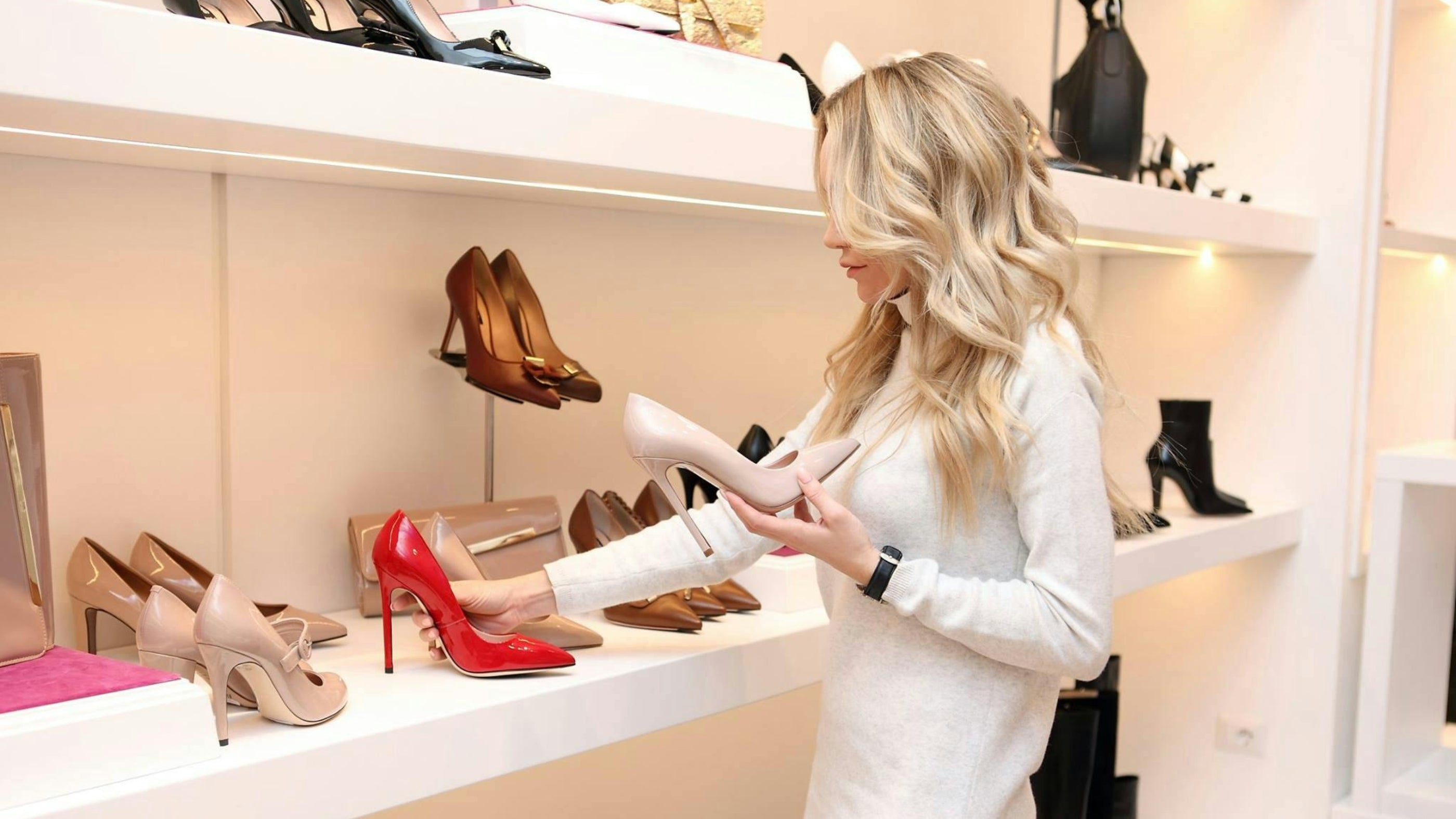
The Opportunities of Selling Luxury Goods Online
Despite these challenges, the opportunities are significant. Online outlet shops offer designer brands a platform to clear inventory without undermining their brand in their primary retail channels. This strategy can also attract a demographic that may not have previously considered investing in luxury goods, serving as an entry point into the world of designer fashion.
Furthermore, the data generated from online sales can provide invaluable insights into consumer behavior, preferences, and trends, enabling brands to tailor their offerings more effectively.
Success Stories of Luxury Brands in Digital Marketplaces
Case studies of brands like Coach, Michael Kors, and Kate Spade illustrate the potential benefits of this model. These brands have successfully leveraged online outlets to increase sales and customer base without significantly harming their luxury status. For instance, they've managed inventory more effectively, used dynamic pricing strategies to maximize profits, and cultivated a broader, more engaged consumer base.
The Future of Luxury Shopping: Trends and Innovations
Looking ahead, the relationship between designer brands and online outlet shops is poised for further evolution. Innovations in technology, like augmented reality and AI-driven personalization, could enhance the online shopping experience, making it even more attractive and efficient. Moreover, sustainability and ethical production are becoming increasingly important to consumers, offering luxury brands an opportunity to lead in these areas within outlet contexts.
The integration of designer brands into online outlet shops is a dynamic and multifaceted development. It presents challenges to brand identity and consumer perceptions but also offers opportunities for growth, engagement, and innovation. As the landscape evolves, both brands and consumers stand to benefit from the democratization of luxury, provided that the balance between exclusivity and accessibility is carefully managed.
Intrigued by the changing dynamics of luxury retail, the journey into understanding, exploring, or contributing to this space promises insights into not just fashion, but also into broader economic and cultural shifts. Engaging with this topic offers a window into the future of retail, where luxury and accessibility converge, reshaping our understanding of value, quality, and exclusivity.
As we delve deeper into the implications of designer brands venturing into online outlet shops, it's crucial to understand the broader context in which these developments are occurring. The digital transformation of the retail sector, accelerated by global events such as the COVID-19 pandemic, has necessitated an agile approach to business. Designer brands, traditionally reliant on in-person, high-touch experiences, have had to pivot swiftly to maintain relevance and connection with their consumers. This pivot is not merely a reaction to external pressures but a strategic move to harness the potential of e-commerce.
Enhancing Customer Loyalty Through Digital Luxury Experiences
One of the most compelling aspects of designer brands selling through online outlets is the potential for enhanced consumer engagement and brand loyalty. The digital platform allows for direct interaction with consumers through personalized marketing, social media engagement, and tailored customer service. These interactions provide a wealth of data, enabling brands to understand and anticipate consumer needs and preferences more accurately. By offering exclusive deals, early access to sales, or loyalty rewards, brands can foster a sense of exclusivity and privilege, even within the context of an outlet.
Sustainable Luxury: Eco-friendly Practices in Online Retail
The conversation around luxury is increasingly intersecting with sustainability. Consumers are becoming more conscious of their purchases' environmental and ethical implications, challenging brands to adopt more sustainable practices. Online outlets offer an opportunity for designer brands to address these concerns by promoting products made from sustainable materials, adopting circular fashion principles, or offering a platform for reselling or recycling luxury goods. This approach not only aligns with evolving consumer values but also enhances brand reputation and loyalty.
Expanding Global Reach: Luxury Brands in Emerging Markets
The global reach of online retail opens up new markets for designer brands, particularly in regions where physical luxury retail infrastructure is limited. Emerging economies, with their growing middle classes and increasing internet penetration, present lucrative opportunities for expansion. However, this global approach also necessitates a nuanced understanding of regional preferences, cultural nuances, and local regulations. The successful online outlet is one that offers a curated, localized shopping experience, demonstrating respect and understanding for its diverse consumer base.
Leveraging Technology for a Superior Online Shopping Experience
The future of online outlet shopping will be significantly shaped by technological advancements. Augmented reality (AR) can enhance the online shopping experience by allowing customers to visualize products in a personalized context, reducing the uncertainty that can accompany online purchases of luxury goods. Artificial intelligence (AI) and machine learning can provide personalized recommendations, optimize inventory management, and streamline logistics. These technologies not only improve the customer experience but also increase operational efficiency, driving growth and profitability.
Balancing Act: Maintaining Exclusivity While Expanding Accessibility
The intersection of designer brands and online outlet shops is a microcosm of the broader shifts occurring in the retail and luxury sectors. This evolution reflects changing consumer expectations, technological advancements, and a growing emphasis on sustainability. As we look to the future, the brands that succeed will be those that manage to maintain their exclusivity and luxury appeal while embracing accessibility, innovation, and sustainability. This balance is delicate and complex, but it is also rich with potential for those willing to navigate its intricacies.
The transformation of luxury retail through online outlets is more than a market trend; it's a lens through which we can observe the interplay between tradition and innovation, exclusivity and accessibility, and commerce and sustainability. As this landscape continues to evolve, it offers endless opportunities for exploration, understanding, and engagement with the future of luxury.


